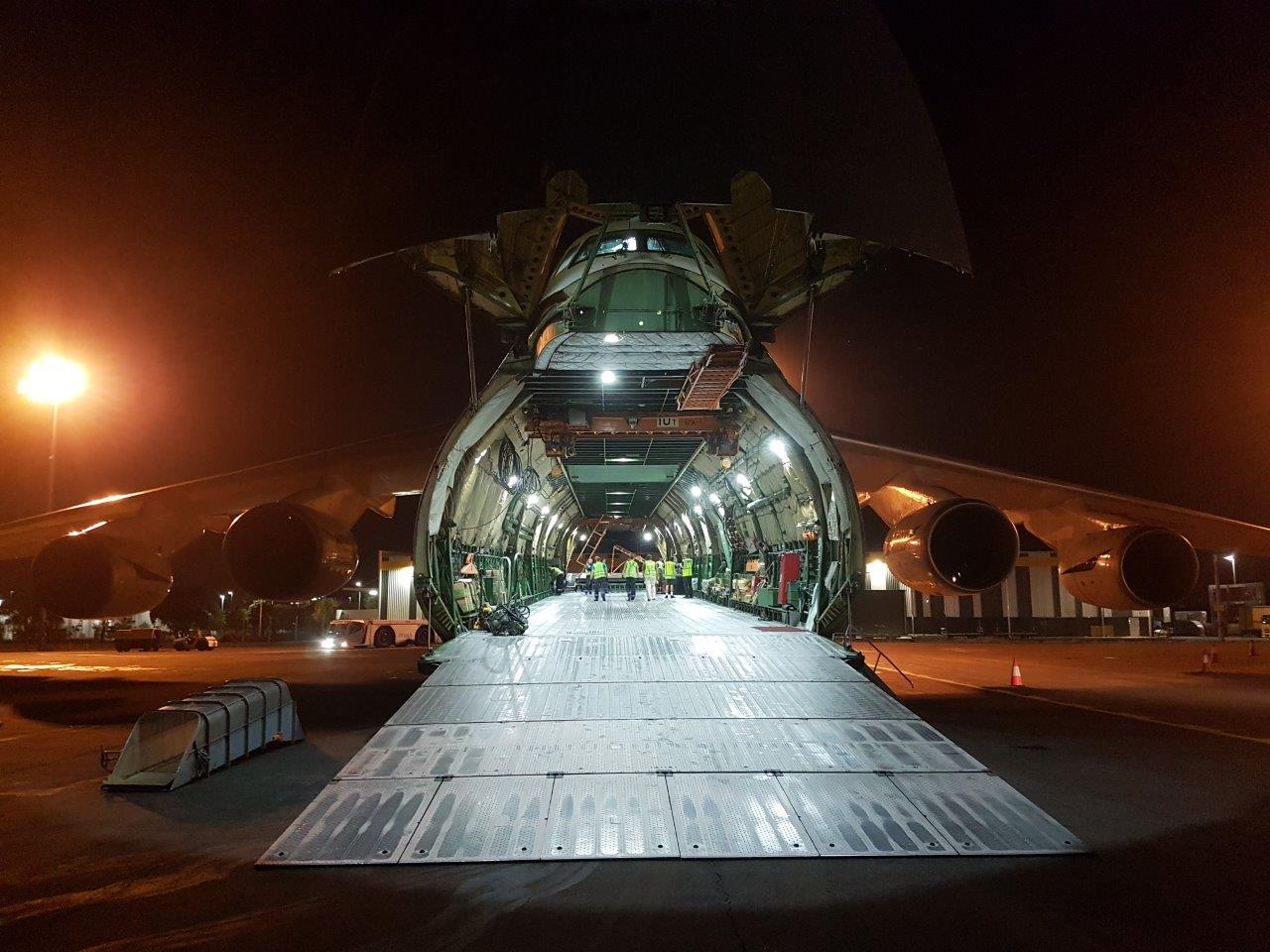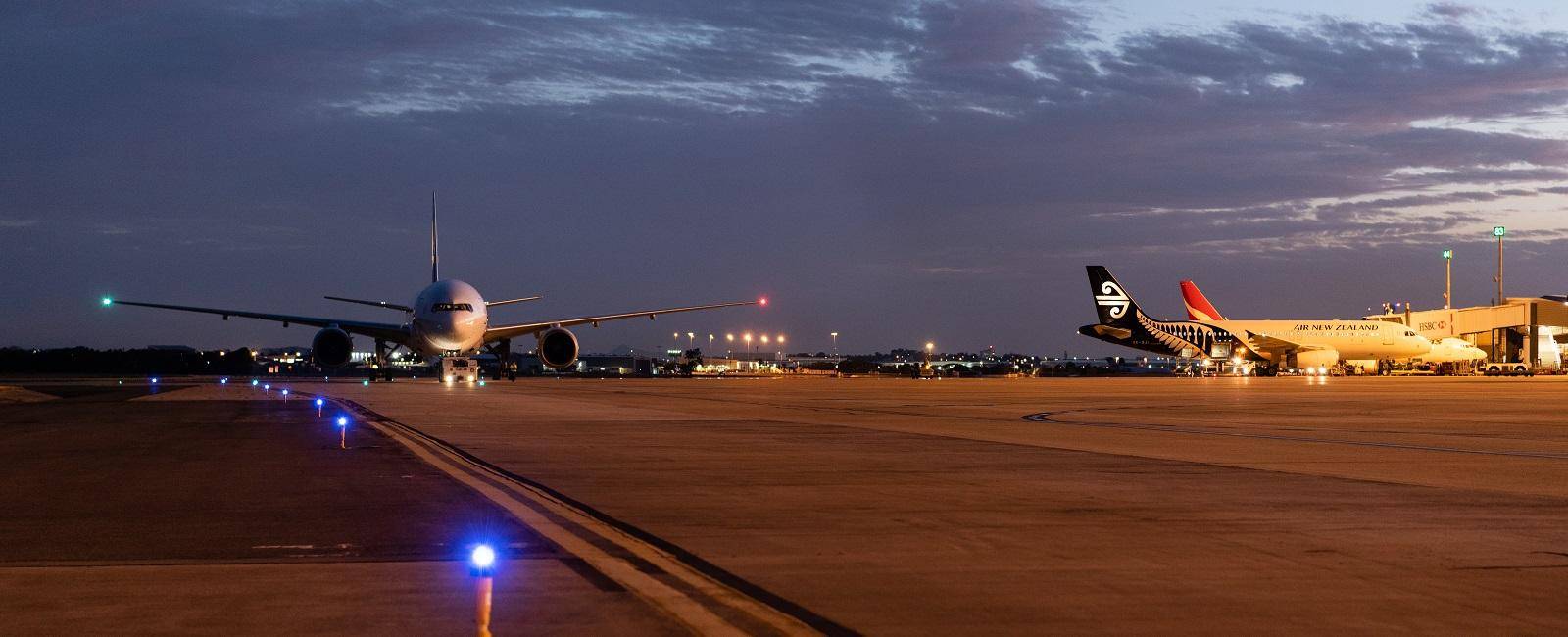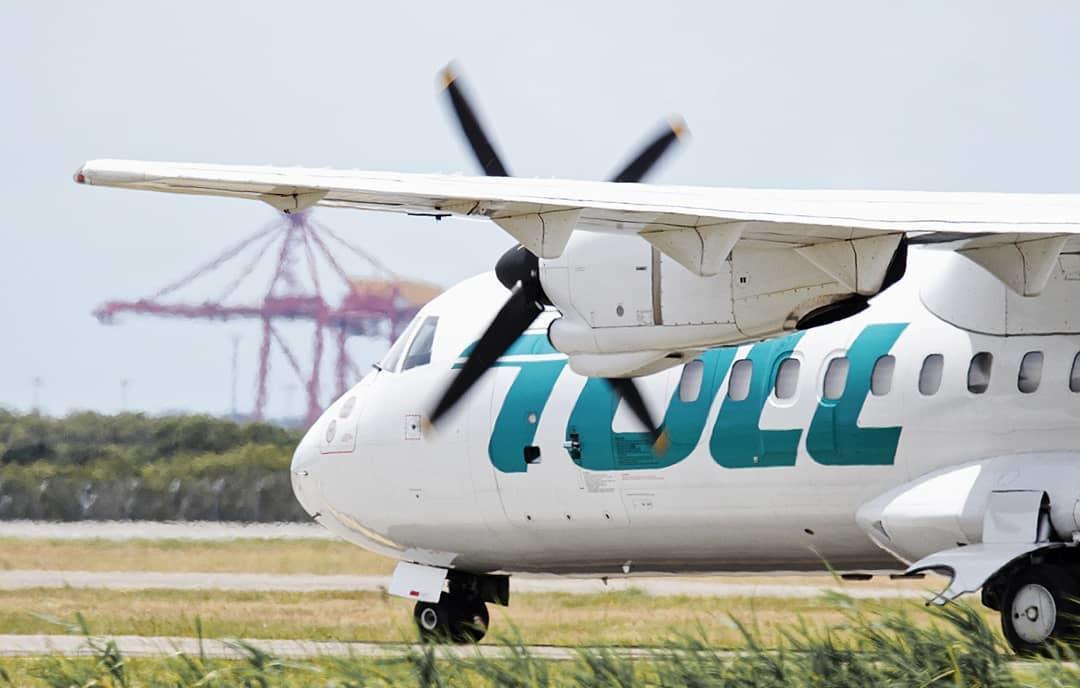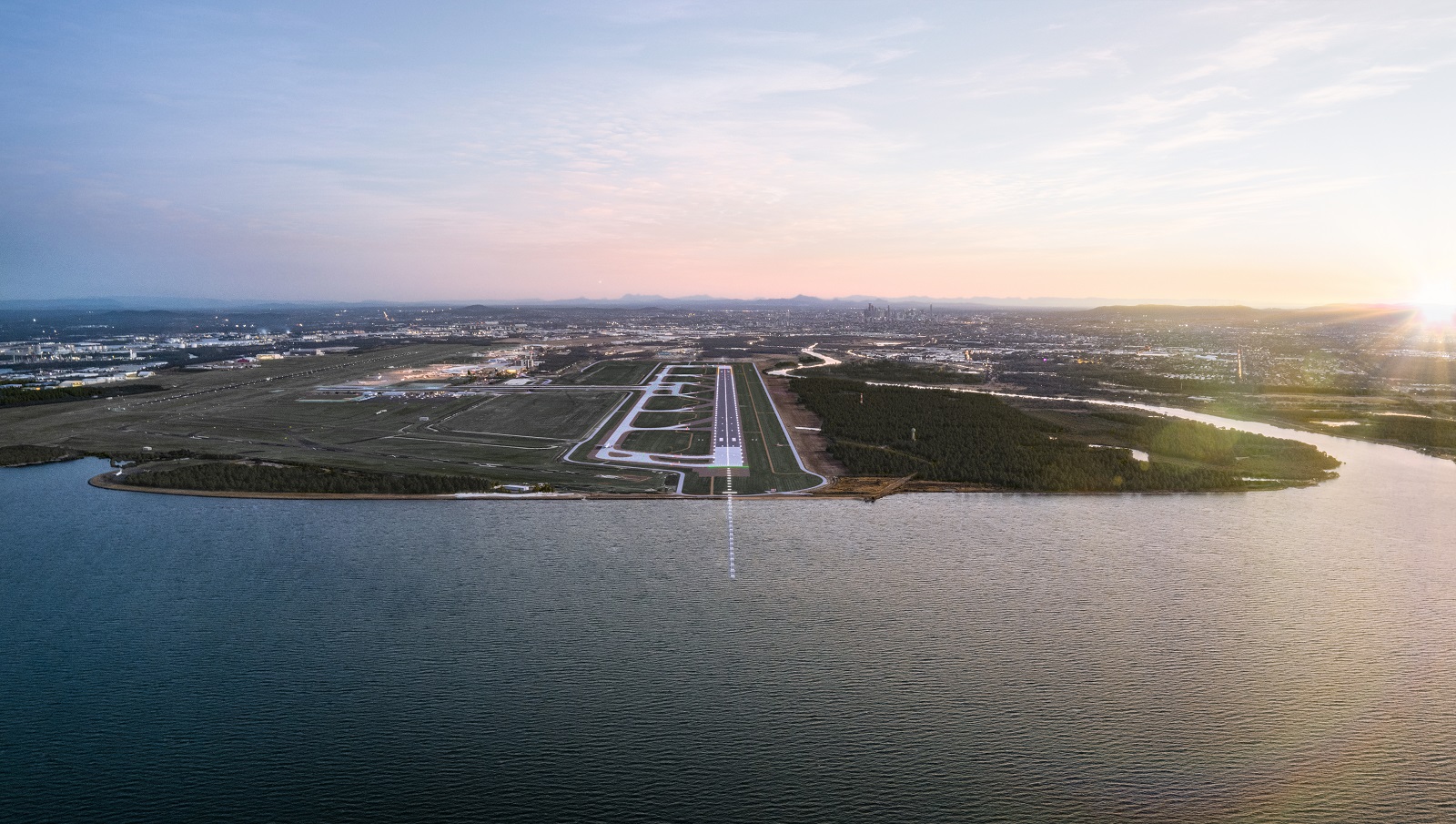
It’s 1am in the morning. While the rest of the country is sleeping, there is a flurry of activity taking place at Brisbane Airport and other major ports around Australia. It is a flurry of activity that often goes unnoticed but is crucial to the economy and the way in which we live.
Mysterious, windowless aircraft take to the sky, transporting high-value and time-critical goods across the country and throughout the world, fulfilling the shared business and consumer desire to have things as fast as humanly possible.
Electronics, pharmaceuticals, industrial goods, food and perishables are among the goods being moved into and across the country under cover of darkness, with demand continuing to grow thanks to our love of online shopping and a global business cycle that never sleeps.
Critical to the economy
Airports are primarily known for moving people for business and pleasure, domestically and internationally. But they play an equally critical role in the globalisation of Australia’s economy, ensuring it is able to play on a world stage.
After all, air freight accounts for approximately two per cent of all freight transported worldwide, but more than 25 per cent of total freight value generated.
The International Air Transport Association (IATA) reports a recent study that calculated the global value of air freight being $18.6 billion a day, with air transport driving economic and social progress by providing access to global markets, generating trade and forging links between nations.
In a similar vein, air freight makes up a small percentage of total freight movements in Australia when you consider it on a weight basis (just 0.1 per cent), but when you consider it in terms of overall value, the numbers are staggering and speak volumes when it comes to how critical air freight is to Australian international trade.
Aviation is a key part of the supply chain
The Bureau of Infrastructure, Transport and Regional Economics (BITRE) reported that air freight in international merchandise trade makes up 21 per cent of total trade by value, worth over $130 billion in 2016-17.
If (like me) you’re not a numbers person, it’s worth considering just what our lives would look like without air freight to truly appreciate its importance. In a country as large and isolated as Australia (context alert – 7,692,024km2), the ramifications would be huge!
Australia relies on an efficient and reliable aviation sector and network to stay connected intrastate, interstate and with the rest of the world.
This is particularly important in the context of freight and supply chains, with more than 50 per cent of Australia’s meat production and 50 per cent of the nation’s vegetables coming from Queensland.
The iconic smashed avocado on toast as we know it - enjoyed by thousands of millennials every Sunday morning – would be far less fresh and common in a world without air freight, because it is Australian airports that connect growers in the Mareeba, Dimbulah and Atherton Tableland areas with cafes all around the country.
How BNE contributes
Brisbane Airport accounts for around 13 per cent of the Australian air freight imports and exports market, moving 190,565 tonnes of cargo in the last financial year alone to and from around 380 destinations.
The domestic air freight market can be divided into four major categories – same-day express, overnight express, next-day and off-peak – and when we think of the mysterious, windowless aircraft that take to the skies overnight, we are primarily looking at overnight express cargo in action, with things like medical supplies, newspapers, seafood, banking and express post being moved via overnight express freight services.
While Brisbane Airport had 8,745 freighter aircraft movements in FY18, the majority of air freight was actually carried in the belly of passenger aircraft. Mail makes up 23 per cent of BNE’s domestic cargo, ensuring the Kylie Lip Kit you order on eBay hits your front door within the next business day.
Consumers have become increasingly sophisticated and are able to compare goods and prices across the world through the rise of online shopping.
More than ever, they demand a fast return when making purchases, with air freight enabling business and consumers to transport goods to or from Australia from almost any other country in around 24 hours or less. And that’s where places like Brisbane Airport truly come into their own.
Exports (primarily food-related) destined for Singapore, China and New Zealand account for 59.8 per cent of BNE’s international cargo.
The future of air freight is solid
There are some incredible statistics that illustrate the depth of trade enabled by air freight, with 94.8 per cent of all Queensland’s chilled fish exports sent via air (97.9 per cent of which are ex-BNE) and 97.5 per cent of all Queensland’s avocado, mango and pineapple exports also sent by air (75.6 per cent are ex-BNE).
When you hear numbers like this, the importance of Brisbane’s new runway truly cannot be overstated.
While other Australian airports like Sydney and Melbourne reach capacity, Brisbane Airport is on the cusp of exponential growth.
Unlike Sydney Airport, BNE is an airport that never sleeps (it operates curfew-free). And when the new runway opens in 2020, BNE will have the greatest capacity of any airport in the southern hemisphere and the most efficient runway system in Australia, able to handle more than 100 aircraft movements an hour.
When we consider Brisbane’s proximity to global powerhouses like China, Hong Kong and ASEAN, the future potential for the Queensland economy is untapped.
CREDITS



